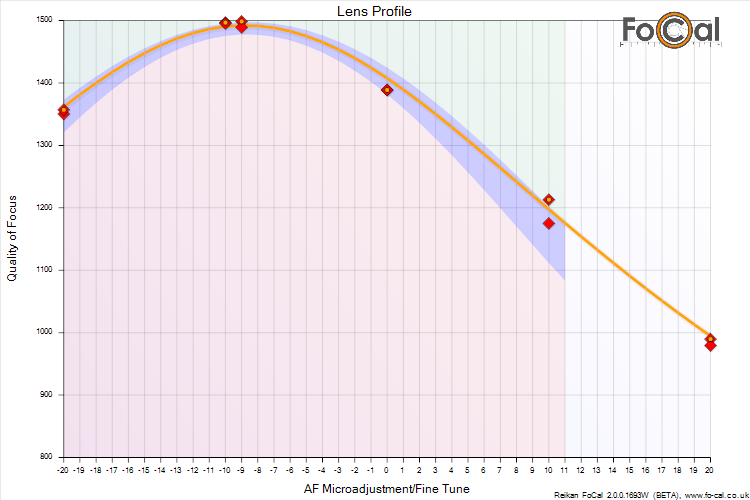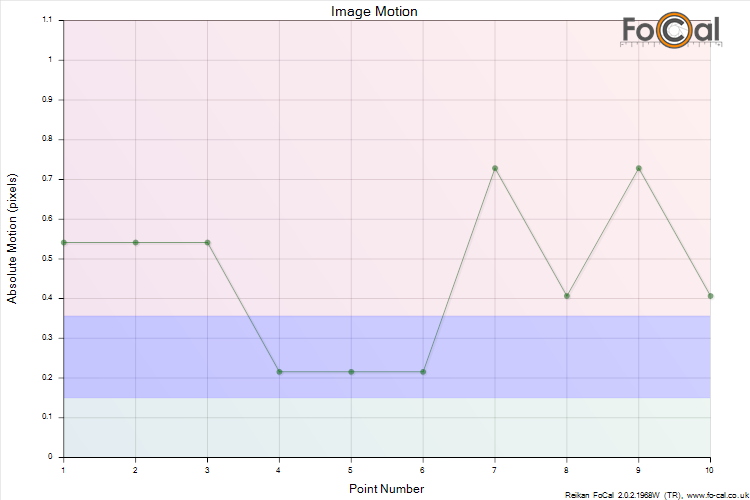

Obviously, I’m biased – Reikan develops software that helps with the process of calibrating cameras, so of course we’re going to show you that you need to calibrate! AF Fine-tune options available on Nikon Z mirrorless cameras And I’ve written, deleted and rewritten an awful lot of words!Īnd so, the point of this series of posts is to show why you should calibrate your mirrorless camera. With the help of some software I haven’t used for almost 30 years, I’ve modelled the operation of sensor components and lenses, adding intentional defects to see what effect this has on the components of the autofocus system. I’ve been digging around in patents, reverse-engineered lens protocols, snippets of information from camera manufacturers and obscure posts and comments in the dark and dusty corners of the web. I’ve been working with camera autofocus systems at a pretty detailed level for over 10 years now, but when I sat down to write what was supposed to be a quick post explaining a few potential causes of needing to calibrate, I kept going into more details and the whole thing has grown a bit out of hand! I wanted to try and understand why there is still a need to calibrate mirrorless systems.

“Mirrorless cameras don’t need calibrating.”Īt Reikan, we’ve been gathering autofocus calibration results for almost 10 years now from users of our FoCal software, which includes data from users of Nikon Z-series mirrorless cameras… and it suggests that you shouldcalibrate your mirrorless camera.


 0 kommentar(er)
0 kommentar(er)
